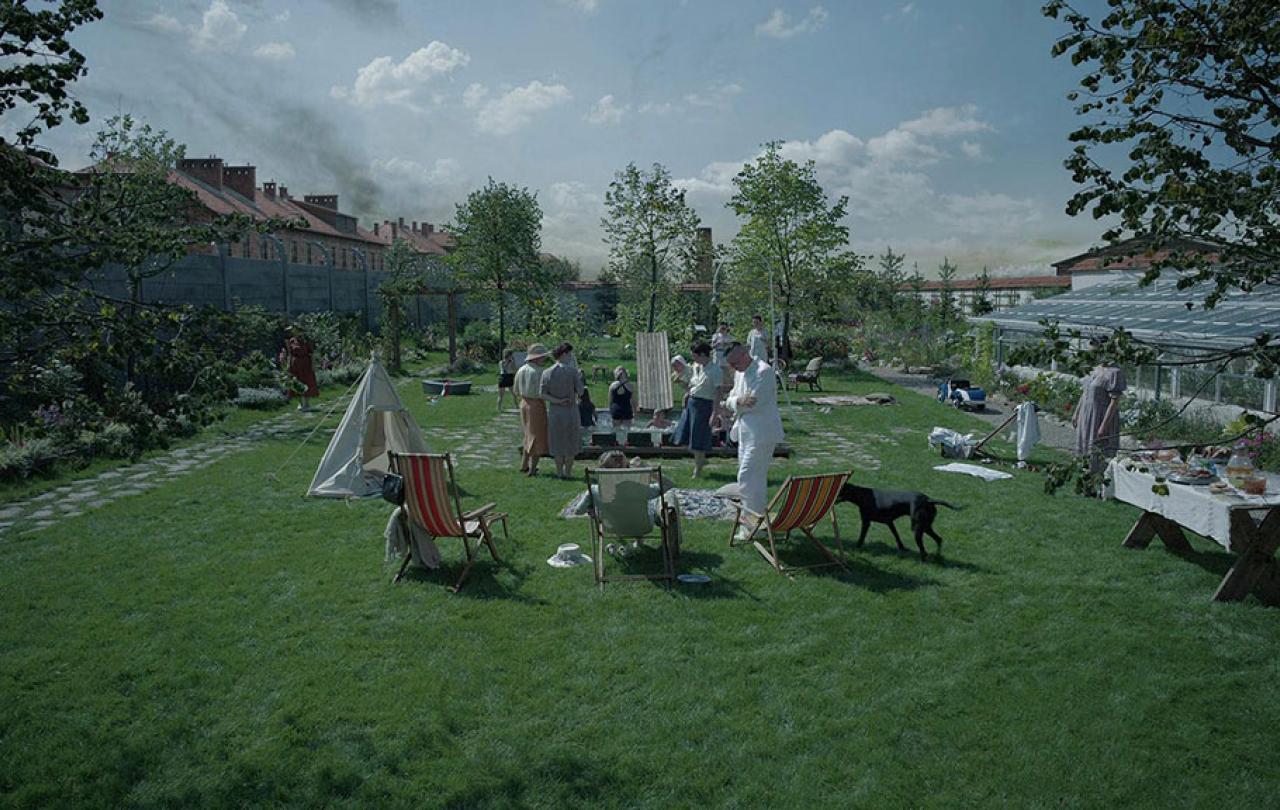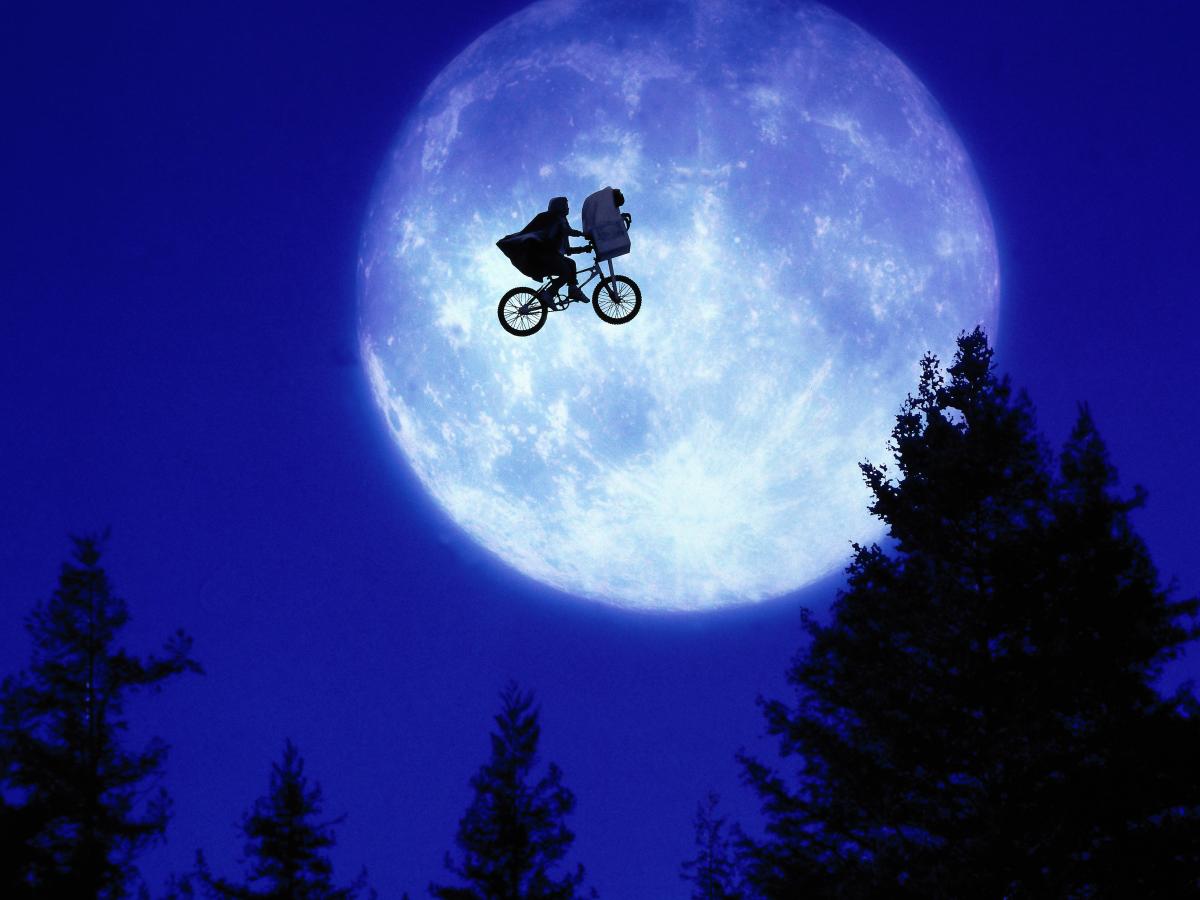It was Sunday night, and I was packing my bag. On Monday, I flew to Porto, Portugal, to begin walking a stretch of the Camino de Santiago. I had taken some extended leave from work to mark 10 years of working and wanted to take some time to reflect and hear from God. As I was packing, I was listening to a sermon online. The preacher suddenly said, “You don’t need to walk the Camino de Santiago to hear from God!” Ah. Good point. Nevertheless, it was all booked, so I set off to embark on this pilgrimage.
The Camino de Santiago is a popular pilgrimage route, with a network of routes all leading to the Cathedral of Santiago de Compostela, the resting place of the apostle St James. On average, around 200,000 pilgrims complete The Way of St James each year, with 2024 closing in on half a million pilgrims.
They say the Camino “calls” you, and for whatever reason, people respond by walking hundreds of kilometres. I set out on this pilgrimage with a backpack and some good walking shoes (or so I thought), hoping for some time out, beauty, and time and space to hear from God. What I didn’t anticipate was how the Camino would hold up a mirror to my inner life, revealing patterns and lessons I didn’t know I needed.
The Camino was many things, but above all, it was a space. Space to be and reflect on the little lessons along the way. Here are the seven things that walking 220km of the Camino de Santiago taught me.
It is ok for questions to be left unanswered
There is a general thought on the Camino that most pilgrims come with a question. Something we are mulling over while walking, perhaps hoping for a resolution when the walk culminates in Santiago de Compostela. It is therefore not uncommon for one of the first things people ask you whilst walking to be “What question are you bringing to the Camino?” Which is a bold question from a stranger who doesn’t know my last name. Nevertheless, these kinds of questions are what bond you with others so quickly, as you share stories of what has led you to walk this path. There was a question I was carrying with me. One that was unanswered.
In the evenings and quieter afternoons, I had space to read. I had a Kindle and was enjoying having multiple books at my disposal. I was re-reading Augustine’s Confessions. In Book 6, he writes about humanity's longing for our questions to be answered; he writes, “for it is better for them to find You (God) and the questions unanswered, than to find the answers without finding You.” I stopped still. There are many things in life for which we don’t have the answer, often related to pain, suffering, or injustice. A friend once reminded me of the story of Job in the Bible. A man who experiences deep pain and suffering. When Job confronts God and asks Him repeated questions about why he let this happen, God doesn’t answer any of his questions; instead, He questions Job. Job is left in awe of God and his character, proclaiming, “Surely I spoke of things I did not understand, things too wonderful for me to know.”
There are questions we carry in life, but the words of Augustine and the story of Job reminded me that if we find God, our unanswered questions are safe in the arms of those strong enough to carry them. It was a helpful reminder that not all the questions we have need an answer. There is a possibility of being content with the unknown.
We are better, together
I wasn’t going into this walk to make friends. For me, it was a spiritual pilgrimage to hear from God and reflect on my life. I thought I would spend my days in silent contemplative prayer, blissfully gazing upon God’s creation and skipping from town to town. This all changed at the end of day two. About 50 kilometres into my walk, I developed some terrible blisters. My shoes (which fit perfectly before) had started to rub and gave me the worst blisters I have ever had. The Portuguese coast was hot, and I’d gone the wrong way, so I spent around five kilometres walking alone. I arrived at my Albergue that evening broken and in pain.
After dinner, I was tending to my broken feet when a girl I had zig-zagged with on the walk came to chat. We’ll call her, Evie. I admitted I was finding this all really hard, and Evie shared the same, only her day had been lifted by walking with another pilgrim. She had also begun the day hobbling in pain along the path, but when she got chatting to another pilgrim, she was no longer focusing on her pain, but on the conversation with another.
The next morning, I set off, hobbling along the path, and questioned how I would be able to complete the day’s 28 kilometres. When I was behind, I heard someone shout “Jess!”. It was a girl I had shared a bunk with on the first night at the hostel, Jamie. She arrived like an angel the Lord had sent to help me get through today. There was no way I was going to make it on my own. We spent the day walking, talking, and getting coffee, passing the time until all of a sudden, we found ourselves in the next town. I’d done it! We’d done it.
This taught me that my pain can often draw me inwards, and when our pain is all we see, the journey ahead feels impossible. However, turning outward and sharing with those around us takes our attention away from our own experience and allows us to see the other. Christians say we are all part of the “body of Christ”, as the apostle St Paul described us - called to “bear one another’s burdens”. As it turned out, walking and journeying with others would be one of the biggest gifts of this Camino. Sharing and travelling with one another’s joy and pain made the way ahead seem so much more hopeful.
It is important to address things when they are small
I learned this the hard way—through a blister. Around the 20-kilometre mark on the first day of the walk, I began to feel that tell-tale “hot spot” on my little toe. What I should have done then and there was stop, remove my shoe, and treat it with a blister plaster. But instead, I pushed on for another 15 kilometres, determined to reach the hostel without delay. By the time I arrived, my toe had swollen to three times its usual size, and the damage was done. The situation got so bad that I had to buy new shoes halfway through the Camino, and gained another 10 blisters across both feet for good measure.
Looking back, it was a minor issue that quickly escalated into a much bigger one because I ignored it. It’s a lesson that extends beyond foot care. Tiny irritations, unhelpful habits, or unresolved tensions can quietly build momentum until they begin to shape us in a negative way. It is an age-old human trait. Another book that accompanied me on this pilgrimage was the Bible. A text I had walked with my whole life. In the Bible, these unhelpful habits are frequently referred to as “sin”. The building up of things in our life that do not make us fully alive. Walking, I reflected on the little habits I form or the thoughts I allow to take hold begin to form and shape me in ways I might not be aware of until it is too late. As I tended to my broken feet each evening, it was a reminder that it is helpful to pause and address things when they are still small, to pray and bring them before God. It makes for a much more enjoyable journey.
It is never too late to turn around
I did this walk alone, with the gracious support of my husband, who sadly couldn’t get the time off work. My husband and I enjoy hiking together, and when we do, he has the role of “map reader.” Without him here, I was now responsible for navigating my route each day and picking the right course. There was one morning when I set off early with no other pilgrims around. On this day, I intended to hug the coast, always keeping the sea on my left, as this walk was much flatter and shorter than an alternative route that took you inland across varying terrain.
As my day started, I realised I was heading away from the sea and up and out of town. This wasn’t the route I’d planned. I paused to look at my map and realised I was following the wrong one. What do I do? I was 15 minutes in the wrong direction. In that moment, I remembered something my husband had once said on another hike when we went the wrong way: “It is never too late to turn around.” I did just that. Swallowed the loss of 15 minutes the wrong way to get back on course.
In life, there are times when we think we have gone too far down the wrong path, that we are beyond the point of no return. But in God’s story of grace, it is never too late to turn around. No detour is final. We are always invited to course-correct, to reorient ourselves toward truth, peace, and purpose. Sometimes, the holiest thing we can do is stop, look honestly at where we are, and have the humility to turn back. Even a misstep can become part of the pilgrimage if it eventually leads us back home.
Rest is not failure.
I made a rookie mistake in planning this walk: I didn’t plan a rest day. “How hard can walking for 10 days be?” I thought to myself. Turns out, very. My feet were painful. My blisters had blisters. I couldn’t stand without winching in pain. But I wanted to finish. So, I need to rest. One day, I decided to surrender my trainers and take the train. I felt like a failure.
One of the repeated instructions in the Bible given to God’s people to live well is to “keep the sabbath holy”. To set one day of rest aside each week, as we see God do in creation, and how he commands his people. In our high-paced Western society, taking time off to stop and disconnect can feel counter-cultural. Walter Brueggemann discusses how the sabbath is an act of resistance to our consumer-driven culture. In the constant rat race of Western culture, the Sabbath provides an opportunity to rest and be still amidst the chaos, restoring us to our true humanity.
Taking this day of rest on the Camino helped me to lean into the rhythms of grace and rest that, as a Christian, I am called to participate in. For me, it was learning that rest here was not failure, but a necessary part of the journey. The most helpful thing I could do was pause, not push on.
We crave rhythm, ritual and simplicity
On a multi-day hike, you quickly settle into a rhythm. Wake up. Coffee. Walk. Coffee. Walk. Lunch. Walk. Coca-Cola. Check-in. Shower. Aperol Spritz. Read. Dinner. Pack your bag for tomorrow. Sleep. Repeat. The cadence of the days, though physically demanding, was strangely comforting. There was something profoundly grounding about knowing what came next, and being free from the decision fatigue that so often clutters everyday life.
I carried only the simple things I needed on my back. Halfway through, I even threw away some of my makeup to save weight, and I didn’t miss it. Life stripped back to the essentials felt freeing. The Camino quietly reoriented me toward simplicity, not as deprivation, but as a kind of clarity.
In this pared-back way of living, rituals emerged, ordinary acts repeated with intention. I am also aware of what a privilege this was, comparing my life of plenty back home to the simplicity of being on a trail. Simplicity isn’t a choice if it is the only option. Tying my shoes each morning, sipping coffee at sunrise, washing my socks in a hostel sink, these small things became anchors. Rituals have a way of transforming what is ordinary into something sacred. These small daily practices gave my life stability that we all long for. We all have things that are sacred to us–and I think deep down–we all long for what is sacred.
Throughout Scripture, we see how God brings order out of chaos. The decision fatigue I face each day is a reminder of a great blessing, but also a deep distraction. The Camino reminded me that simplicity and ritual don’t shrink life–they give it shape.
There is a spiritual longing in all of us
There was one thing that shocked me most about doing this pilgrimage. The Camino de Santiago is one of the world’s oldest religious pilgrimages, culminating in a mass at the Cathedral in Santiago de Compostela. But whilst walking the Camino, I did not meet a single Christian. No one had a faith. Everyone I met was walking with those questions, or the adventure and the journey along the way. But no one with a deep faith or hope in God.
As I walked, I listened to Lamorna Ash’s latest book, Don’t Forget We’re Here Forever: A New Generation’s Search for Religion. In it, she explores a generation’s turn to Christianity as she follows the lives and stories of those within and without faith. The stories of people who the church had hurt, those who carried brokenness and were longing for peace. Listening to this audiobook was often interrupted by the beautiful encounters I had with other pilgrims along the way.
These conversations reminded me that, while not everyone has a faith, I believe there is a longing for something bigger than us, in all of us. Whether spoken or not, there was a hunger for transcendence, a desire to be part of a story with direction, with purpose. The rhythm and ritual of completing this pilgrimage was a sacred act, something that held deep meaning for everyone walking. The sense of adventure, journey or even telos (Greek for purpose or goal) that we were all walking towards in the end at the Cathedral of Santiago de Compostela, gave our days direction and purpose.
As I walked the Camino, it was the highlight I didn’t expect. I came into this thinking I would want to be alone. Listening to scripture and praying all day, every day. However, in the end, the best parts were the stories and conversations I had with the people I met along the way.
So, there it is: the seven things walking the Camino de Santiago taught me. It was, without a doubt, the most physically and emotionally demanding thing I have ever done. And yet, it taught me so much.
We all carry questions. We all long for meaning. We all crave rhythm, connection, and the sacred in the midst of the ordinary. Although I returned with my mind still pondering questions left unanswered or new things that had come to the surface, I was reminded that life is found in the small steps we take and the people we take them with—echoes of the One who made us for relationship, for purpose, and pilgrimage.







